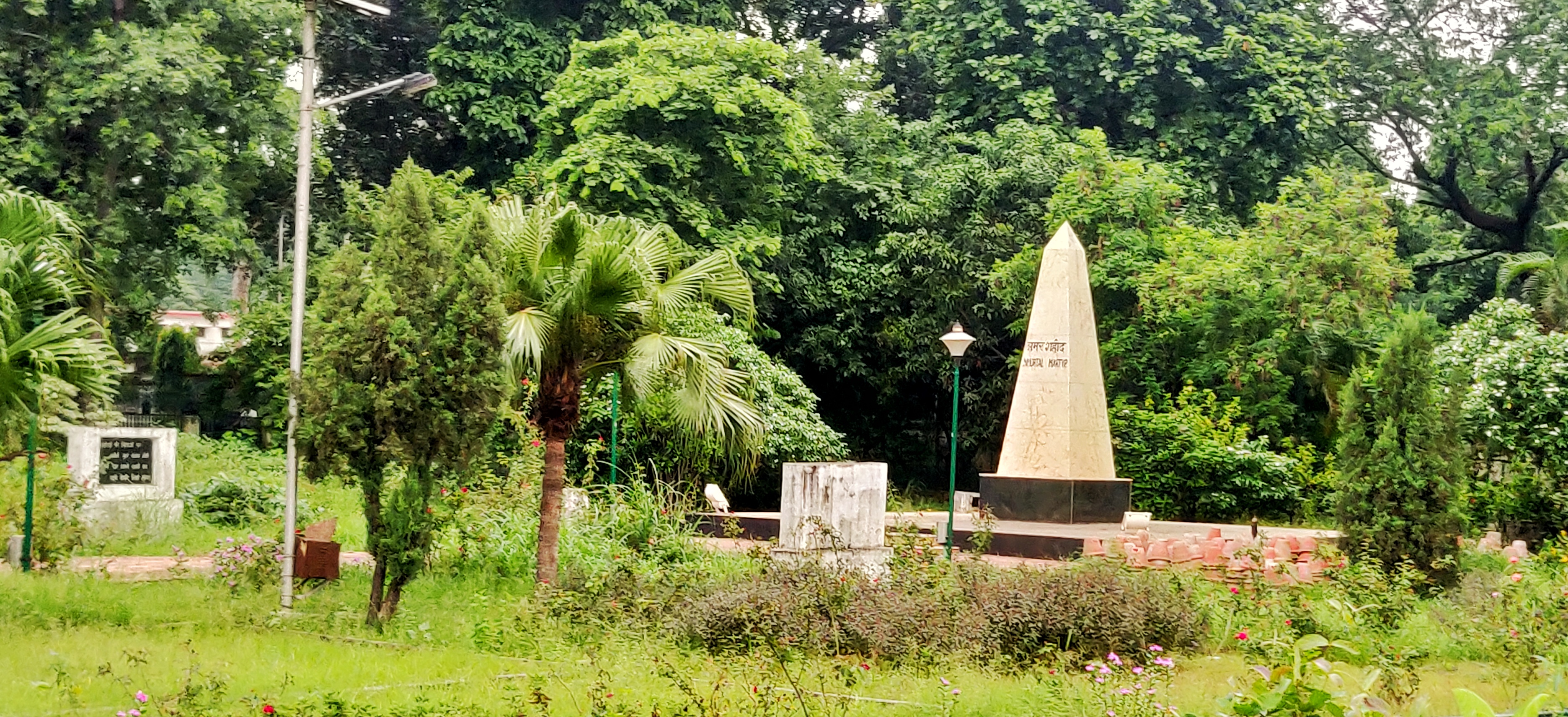|
Bareilly Cantonment
Bareilly Cantonment is a cantonment town located in the Bareilly district of the north Indian state of Uttar Pradesh. History The city of Bareilly, along with the entire Rohilkhand region, came under the suzerainty of the British East India Company in 1801. The Bareilly Cantonment was established by the company in 1811, when a small fort was constructed to the south of the city, and a few years later, the cantonment area contained much more buildings than in the entire city. The city of Bareilly played a major role in the Indian Rebellion of 1857, and as a result, the cantonment saw major damages. When Bareilly was recaptured by the British in 1858, regular British troops were deployed in the cantonment area. The cantonment at that time used to be mainly divided into three parts; The Indian Infantry lines were in the eastern part, British Infantry lines and an Indian battalion were in the middle part, while the Artillery lines were stationed in the western part of the cantonm ... [...More Info...] [...Related Items...] OR: [Wikipedia] [Google] [Baidu] |
Cantonment
A cantonment (, , or ) is a military quarters. In Bangladesh, India and other parts of South Asia, a ''cantonment'' refers to a permanent military station (a term from the British India, colonial-era). In military of the United States, United States military parlance, a cantonment is, essentially, "a permanent residential section (i.e. barrack) of a fort or other military installation," such as Fort Hood. The word ''cantonment'', derived from the French language, French word '':fr:canton, canton'', meaning ''corner'' or ''district'', refers to a temporary military or winter encampment. For example, at the start of the Waterloo campaign in 1815, while the Arthur Wellesley, 1st Duke of Wellington, Duke of Wellington's headquarters were in Brussels, most of his Anglo–allied army of 93,000 soldiers were ''cantoned'', or stationed, to the south of Brussels. List of permanent cantonments Afghanistan The former Sherpur Cantonment in Kabul, Afghanistan, which was the site of the Siege ... [...More Info...] [...Related Items...] OR: [Wikipedia] [Google] [Baidu] |
Civil Lines, Bareilly
Civil Lines is a Civil Lines commercial street located near the town centre in Bareilly, Uttar Pradesh, India. It is located centrally in the city of Bareilly and it’s a shopping district for the local population. History The name Civil Lines comes from the time of the British Raj, when the city of Delhi was organized into separate areas where the British Military and Civilian buildings were located. Areas where civilians lived were demarcated as Civil Lines. Later most of the prominent North Indian cities, including Bareilly, adopted this name for their commercial areas. The civil lines of Bareilly was settled between the old city and the cantonment in the late nineteenth century; only British officers used to live in the area then. Apart from the cantonment, the police lines and the railway station Rail transport (also known as train transport) is a means of transport that transfers passengers and goods on wheeled vehicles running on rails, which are incorporated in ... [...More Info...] [...Related Items...] OR: [Wikipedia] [Google] [Baidu] |
Cities And Towns In Bareilly District
A city is a human settlement of notable size.Goodall, B. (1987) ''The Penguin Dictionary of Human Geography''. London: Penguin.Kuper, A. and Kuper, J., eds (1996) ''The Social Science Encyclopedia''. 2nd edition. London: Routledge. It can be defined as a permanent and densely settled place with administratively defined boundaries whose members work primarily on non-agricultural tasks. Cities generally have extensive systems for housing, transportation, sanitation, utilities, land use, production of goods, and communication. Their density facilitates interaction between people, government organisations and businesses, sometimes benefiting different parties in the process, such as improving efficiency of goods and service distribution. Historically, city-dwellers have been a small proportion of humanity overall, but following two centuries of unprecedented and rapid urbanization, more than half of the world population now lives in cities, which has had profound consequences for g ... [...More Info...] [...Related Items...] OR: [Wikipedia] [Google] [Baidu] |

